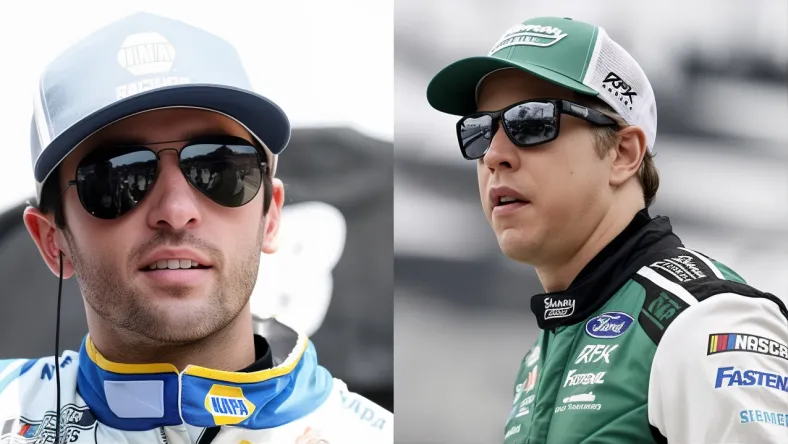
The Cup Series’ return to the IMS oval came with too much attention on race control
Dale Earnhardt Jr. disagreed with NASCAR race control’s decision to penalize Chase Elliott and Brad Keselowski for blend line infractions at the Brickyard 400, the most recent race before the Olympics’ two-week break.
Both drivers were forced to travel via pit road at pit road pace under green, as punishment for such an infringement. It made both drivers quite animated.
Elliott said NASCAR’s pre-race instructions left too much room for interpretation, whilst Keselowski felt he had done nothing new in decades of racing at Indianapolis Motor Speedway. At the same time, NASCAR clarified in a mid-weekend message that drivers were not allowed to mix past the second line.
Since then, NASCAR’s vice president of competition has defended race control, but Earnhardt continues to disagree with the decisions.

Last week on the Dale Jr. Download, Earnhardt Jr. criticized NASCAR for a pair of penalties, which he believes Brad and Chase Elliott earned. “So, when you depart pit road, you’re in the run-off lane. It’s a little strip of asphalt that separates the race course. However, it is connected to the racing surface halfway between Turns 1 and 2. Many drivers swing out, crossing a couple of white lines, to have a strong angle of attack on this run-off, this exit lane, and through Turn 2, allowing them to accelerate down the back straightaway. So this is a very typical move. Very common. Some drivers are more aggressive than others in terms of how far they swing out, but this has never been a matter of discussion.
“I know NASCAR provided them with content and explanations about what they anticipate drivers and teams to do in this area before to the event. It basically indicates what we all knew: ‘You can swing out, get off line, and go out there a little bit near to the racing track.’ There were no defined lines or barriers to crossing. I’ve seen a lot of cars travel where they went.”
Earnhardt, like Keselowski, just took issue with 2024 as the start date of NASCAR’s decision to police this specific area.
“This is something I had a minor issue with. “It’s never been heavily officiated before,” Earnhardt explained. “Swinging around wide to improve your angle of attack for Turn 2 in that lane, the access lane, has been a widespread practice among drivers for a long time. I do not believe it has ever been strictly governed.
“Now, to pop a couple drivers in the middle of the race, when others are undoubtedly doing and are doing the same thing, it just felt loosey-goosey. It’s not a good look. It’s frustrating to know you’re getting black-flagged. There’s no way you’re going to talk yourself out of this. NASCAR rarely admits wrong or makes a mistake, but you witnessed or know that you are not alone in this. You are aware that this has been a common practice in this area. So it has been a few years since we raced the over. There may have been some turnover in the booth. Different perspectives on how things should go on the track. Some differing perspectives. That is the challenge. I believe it is the source of the frustration.
“This isn’t consistent. It’s over and done. I mean, Brad was still in contention to win this race, despite some horrible fuel strategy. The No. 9 rebounded. This was simply not a good decision or call, in my opinion, because it was not clearly established beforehand.”
Leave a Reply